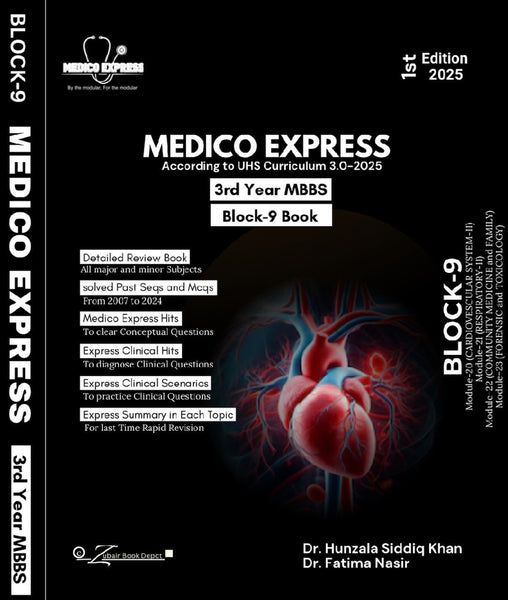Routledge Handbook of Humanitarian Communication by Lilie Chouliaraki (Editor)
- Publisher: POLITICAL SCIENCE
- Availability: In Stock
- SKU: 46541
- Number of Pages: 486
Rs.1,060.00
Rs.1,395.00
Tags: academic humanitarian resources , aid campaign communication , aid communication , aid ethics , Anne Vestergaard , best books , Best Price , Best Selling Books , communication and development , communication for social good , communication handbooks , communication in conflict zones , communication in crises , crisis media representation , critical media analysis , cultural representation , development communication , digital humanitarianism , ethics in communication , global communication ethics , global crises coverage , global humanitarian response , global media ethics , humanitarian campaigns , humanitarian communication , humanitarian discourse , humanitarian journalism , humanitarian narratives , humanitarian theory , international media studies , Lilie Chouliaraki , media and NGOs , media power and ethics , media responsibility , NGO media practices , NGO storytelling , Online Bookshop , political communication , political media analysis , representation of suffering , Routledge Handbook of Humanitarian Communication , Routledge Handbooks , sociology of media , storytelling in aid , visual communication
📘 Title Name: Routledge Handbook of Humanitarian Communication
✍️ Authors: Lilie Chouliaraki (Editor), Anne Vestergaard (Editor)
🖨️ Quality: Black White Pakistan Print
🔹 Introduction:
This comprehensive handbook explores how humanitarian communication operates across media, institutions, and crises. Edited by leading scholars, it examines the moral, political, and practical implications of humanitarian narratives and campaigns in a globalized world.
🔑 Key Points:
-
Offers a critical overview of communication practices in humanitarian contexts, from NGOs to media coverage.
-
Analyzes how visual imagery, storytelling, and digital media shape perceptions of suffering and aid.
-
Covers key debates around ethics, power, representation, and audience engagement.
-
Features interdisciplinary contributions from media studies, sociology, and international relations.
-
Addresses challenges in communicating across cultural, political, and geographical boundaries.
🔚 Conclusion:
The Routledge Handbook of Humanitarian Communication is a vital resource for students, academics, and professionals seeking to understand the complexities of global humanitarian messaging. It provides the theoretical and practical tools to critically assess how aid and crises are communicated in the 21st century.

























